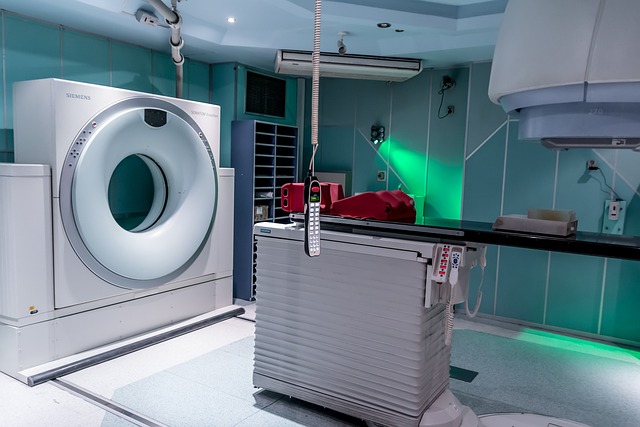
MRI tracking of genes to offer insights into memory and learning
Doctors normally use MRI to look inside the body to examine organs and tissue, for instance to find tumors and other abnormalities. Now, biological engineers in the US want to adapt the scanning technology to work on a much smaller scale. They want to use magnetic resonance imaging (MRI) as a "molecular imaging" tool to see genes at work in living brains and find out what effect they have on cognitive processes like memory and learning. The team working on this is at Massachusetts Institute of Technology (MIT).
Their leader, Alan Jasanoff, an associate professor of biological
engineering, says:"The dream of molecular imaging is to provide
information about the biology of intact organisms, at the molecule
level. The goal is to not have to chop up the brain, but instead to
actually see things that are happening inside."MRI uses magnetic fields
and radio waves to interact with protons in the body. This interaction
produces detailed images of the insides of the body. Functional MRI
allows neuroscientists to see which parts of the brain are active during
various tasks by "seeing" where the blood flows. When scanning other
organs, doctors sometimes use magnetic "contrast agents" so the tissue
they are investigating stands out more clearly. What the MIT team has
done is develop an artificial "reporter gene" that switches on and off
to signal certain events in the body - rather like the indicator light
that flashes on the dashboard of a car.